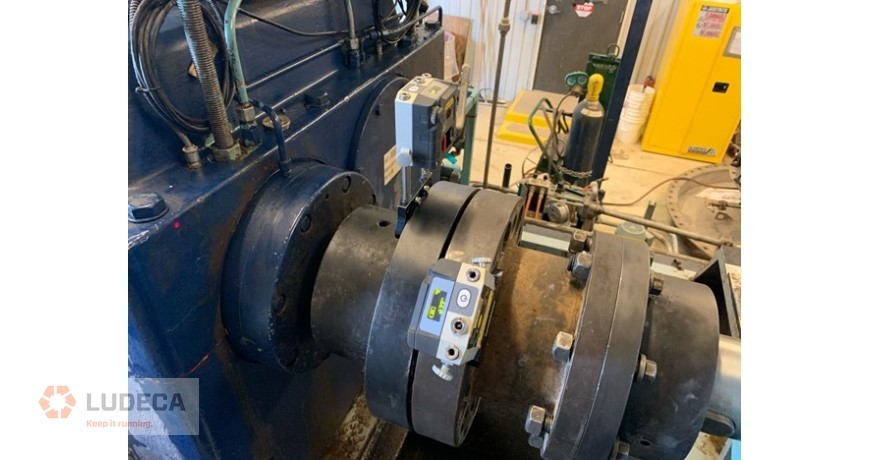
When performing shaft alignment, the alignment is typically measured by rotating both shafts at the same time. Why is this? The reason is that the coupling is already installed, so it is convenient to do. The other reason is that rotating both shafts is the only way to measure the true rotating centerline of the shaft. Not doing so results in measuring only the surface alignment, which is subject to surface finish imperfections, shaft straightness, and hub concentricity issues.
When should you remove the coupling for an alignment? For starters, you typically need to rough-align a machine before installing a coupling. This can be carried out with a laser alignment system. Another situation is for machines that are difficult to turn with the coupling in place, which requires removing the coupling in order to take a measurement. Finally, some machines have shafts that are coupled through fluid drives, so rotating both shafts simultaneously could prove very difficult.
Uncoupled measurements are very similar to coupled measurements. The goal is to make sure the shafts are at the same rotational angle when a measurement is taken. To make this task easy, Easy-Laser implemented a digital readout of the angle on each sensor in all XT series shaft alignment systems. I have found this invaluable for performing an uncoupled alignment. One simply needs to rotate one shaft to a determined degree and simply look at the sensor to match both shafts to the same rotational angle; once this is carried out, a measurement can be taken.
Some uncoupled alignments are made difficult with a shaft that is hard to turn or requires a turning gear that does not allow manually matching the shafts’ rotational angles together. To greatly simplify this task, Easy-Laser has included an “uncoupled sweep” measurement mode. This mode allows the user to turn one shaft so the laser beam will sweep by the first sensor, and then turn the other shaft so that the sensor will sweep past the laser again. This sweeping motion causes a point to be automatically taken for each time the sensors sweep past each other.
Related Blog: Uncoupled Misalignment Measurement Made Easy
Filed under:
Alignment by Daus Studenberg CRL
